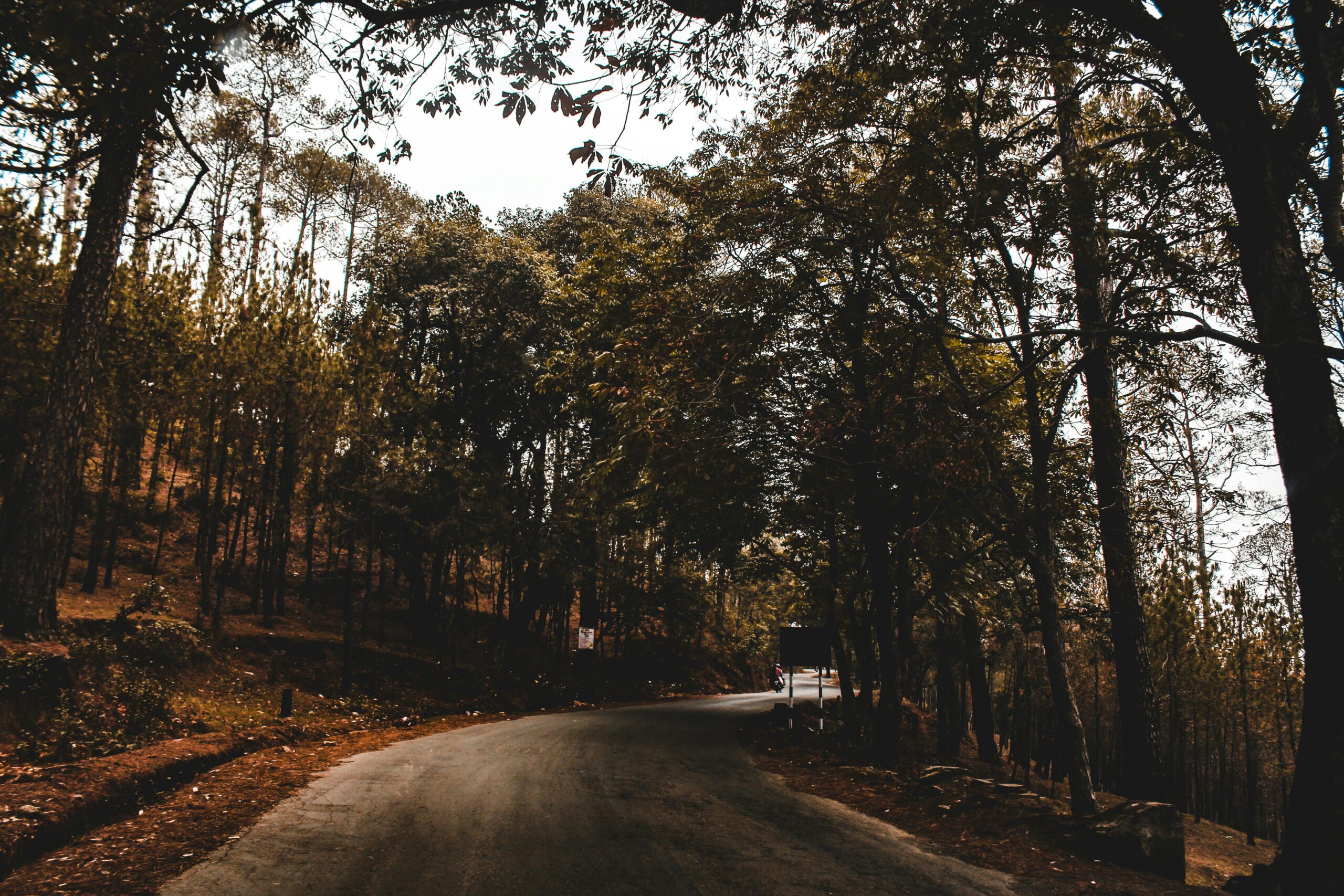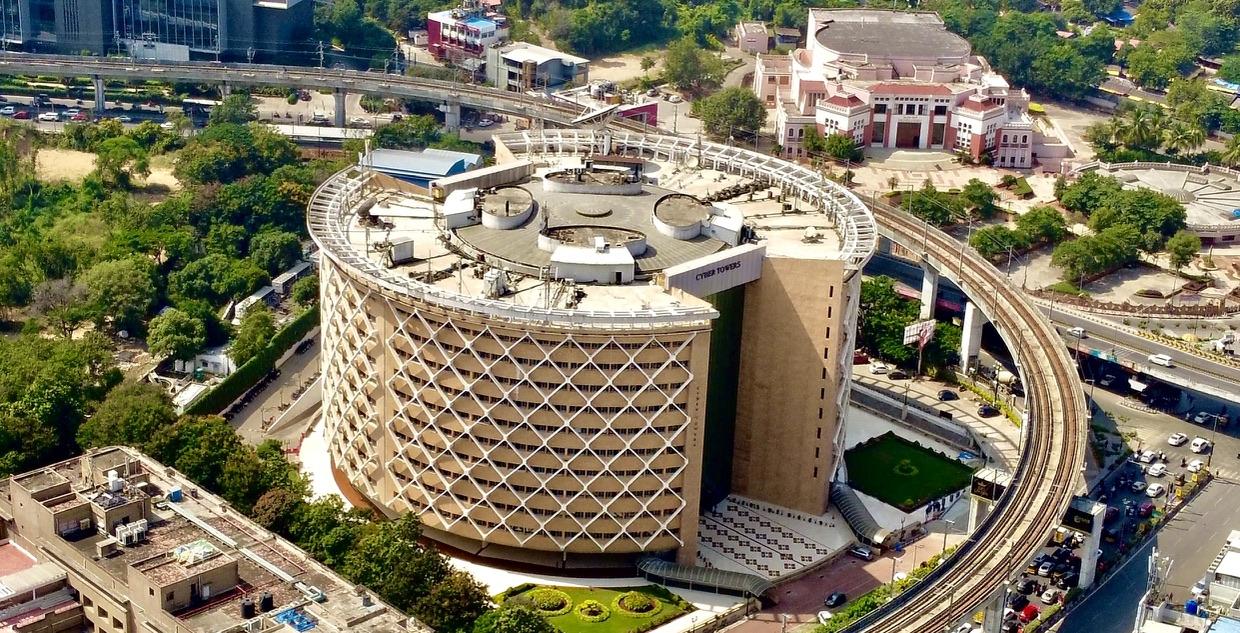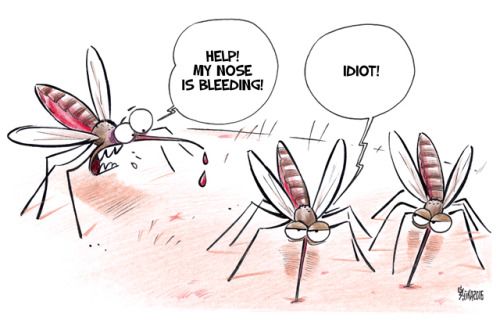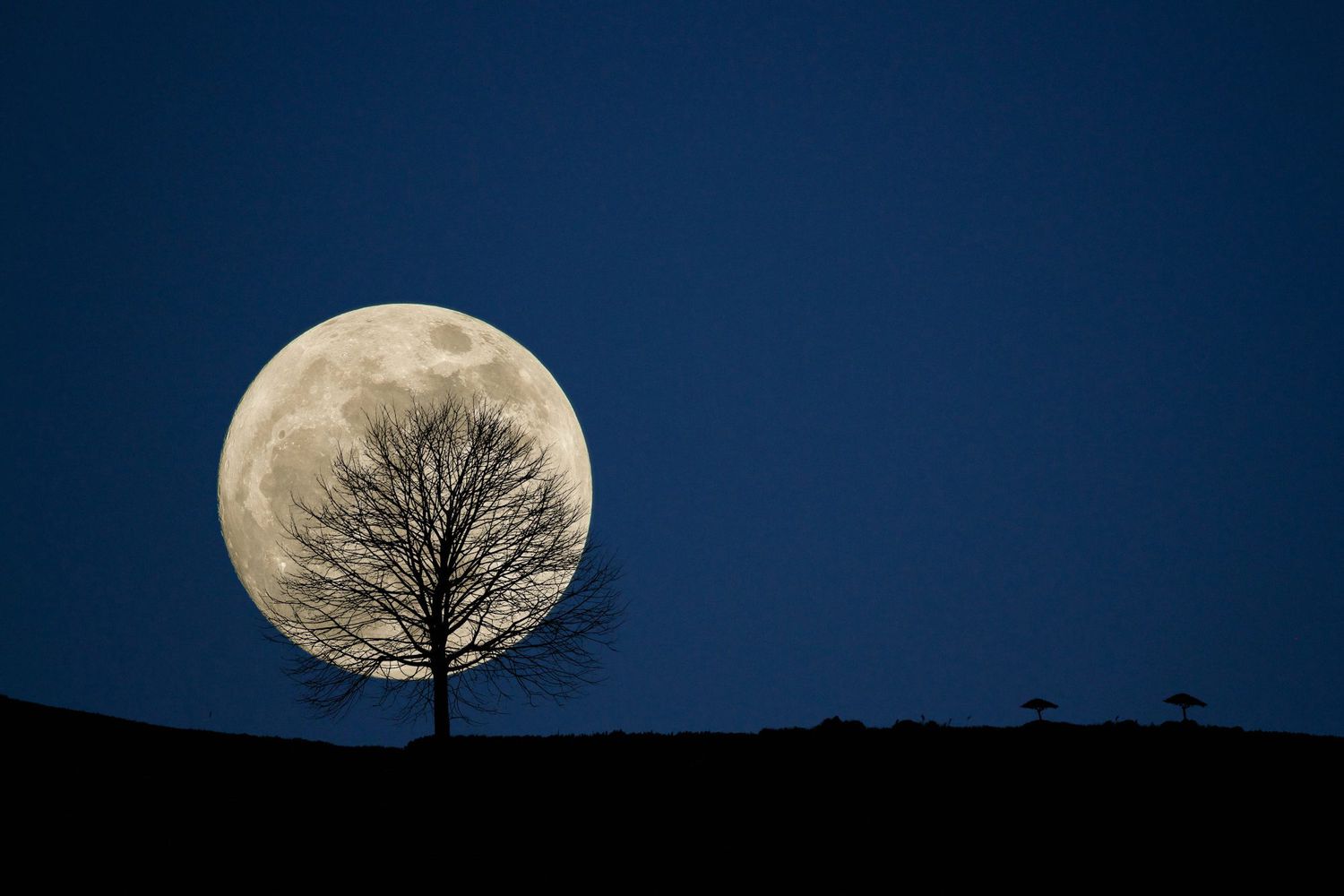
Introduction
Ever wondered why your beach picnic turned into a swim meet without warning? Or why one winter you’re sunbathing in December and the next you’re dressed like an Arctic explorer? Welcome to the world of El Niño and La Niña—Earth’s most unpredictable, climate-manipulating drama queens.
Coined by Peruvian fishermen (because even seasoned sailors couldn’t ignore their sass), El Niño means “The Boy”, referring to baby Jesus (awww), while La Niña means “The Girl” (aka the cooler sister—literally). Together, they form the El Niño-Southern Oscillation (ENSO)—a climate soap opera that has scientists binge-watching sea temperatures like it’s the latest Netflix thriller.
Who Coined the Terms?
Blame it on the Peruvians. Back in the day, these observant fishermen noticed unusually warm waters ruining their fish haul right around Christmas. So naturally, they named it after baby Jesus. Bless them.
Then came La Niña—the climatic sequel nobody asked for but can’t ignore. Proof that even the ocean has sibling rivalry issues.
What Exactly Are El Niño and La Niña?
In simple terms: El Niño and La Niña are the ocean’s mood swings. One minute it’s calm, the next it’s tossing hurricanes like confetti.
-
El Niño = Pacific Ocean turns into a jacuzzi. Trade winds weaken, warm waters drift east, and suddenly South America’s drowning while Australia’s drier than your boss’s joke at the office party.
-
La Niña = Mother Nature hits the cold brew. Trade winds get aggressive, cold water upwells like an old grudge, and the tropics turn into a rainfall rave.
Together, they’re ENSO—Earth’s climate puppet masters.
Weather Mayhem: Brought to You by El Niño & La Niña™
Think of them as the DJs at Earth’s weather rave. Here’s how they remix your seasons:
El Niño:
-
Australia: Droughts, bushfires, and lizards wondering why it’s so toasty.
-
South America: Floods that could float Noah’s ark.
-
North America: Warmer winters—good for your heating bill, bad for your skiing trip.
La Niña:
-
Asia & Australia: Monsoons like Mother Nature’s having a breakdown.
-
North America: Winter storms flexing like they’re auditioning for “Frozen 3”.
-
Southwestern US: As dry as your group chat after you mention politics.
A Timeline of Terror
1997-98 El Niño: Caused $30+ billion in damage. Basically the Taylor Swift of climate events—iconic, devastating, unforgettable.
2010-11 La Niña: Flooded Australia so bad, even kangaroos needed floaties. Meanwhile, East Africa turned to dust.
Lesson? These two don’t mess around. Ignore them at your own peril (or insurance claim).
How Long Do These Weather Divas Stick Around?
Typically 9–12 months, but like bad houseguests or your college roommate’s “gap year,” they can linger. Some El Niños have even stretched over two years. That’s two years of moodiness, floods, and meteorologists weeping quietly in a corner.
2025 Forecast
As of this year, scientists say ENSO is acting up again. Some predict El Niño could show up fashionably late but extra spicy, while La Niña might throw one of her infamous cold tantrums.
Basically, 2025’s weather forecast is: “Surprise!”
Global Impact
Whether you’re in:
-
Asia (monsoon rollercoasters),
-
Africa (crop chaos),
-
Americas (floods, droughts, the usual),
-
or Antarctica (yes, even penguins get no peace),
ENSO has front-row tickets to ruin everyone’s plans.
Coastal cities, inland farmers, polar bears, and party planners—none are spared.
Is Global Warming Making It Worse?
Short answer: Yep.
Long answer: Think of global warming as giving El Niño and La Niña a triple espresso. Rising sea temperatures and climate shifts are making them stronger, meaner, and even more unpredictable.
It’s like feeding Mogwai after midnight. Don’t do it.
Nature vs Nurture: What Happens to Flora & Fauna?
ENSO throws ecosystems into chaos like a toddler in a Lego store:
-
Plants: Crops fail, forests burn, trees cry sap.
-
Animals: Birds migrate to the wrong zip code, fish go on strike, and polar bears start Googling “how to survive in the tropics.”
Do They Cause Storms?
Oh yes. If there’s a hurricane, cyclone, typhoon, or something swirly enough to make you cancel a beach trip, there’s a good chance ENSO’s fingerprints are on it.
FAQ
-
What are El Niño and La Niña?
Climate patterns that turn weather into a chaotic mess. -
How do they form?
Temperature shifts in the Pacific Ocean. -
Who named them?
Peruvian fishermen with good instincts and great timing. -
How long do they last?
Typically 9-12 months, but sometimes longer than a family reunion. -
Do they affect global rainfall?
Like a moody sprinkler system—yes. -
Can they cause hurricanes?
Absolutely. They love a good dramatic entrance. -
Do animals suffer too?
Sadly, yes. Even Nemo isn’t safe. -
Is climate change involved?
Very. It’s like throwing fuel on a climate bonfire. -
Which areas are most affected?
Pacific Rim, Asia, the Americas… pick a continent. -
Can we predict them accurately?
Getting better, but it’s still part science, part sorcery.
Thesaurus
-
ENSO – El Niño-Southern Oscillation.
-
Phenomena – Weird stuff happening in nature.
-
Meteorologist – Weather whisperer.
-
Rivalry – Epic battle, climate edition.
-
Oscillation – Fancy word for “yo-yo-ing.”
-
Drought – Nature hits the pause on rain.
-
Cyclone – The tornado’s fancier cousin.
-
Icebergs – Titanic’s worst enemy.
-
Ecosystem – Nature’s neighborhood.
-
Typhoon – The storm with a passport (Asia-bound).
-
Tornado – Mother Nature’s spin cycle.
-
Adaptation – How living things cope.
-
Symbiosis – Nature’s roommate system.
-
Anthropogenic – Humans did it.
-
Tundra – Cold, lonely, and no Starbucks.
Conclusion
El Niño and La Niña are the ultimate climate disrupters—chaotic, unpredictable, and always stealing the spotlight. But they also remind us that nature is interconnected, fragile, and sometimes… just plain nuts.
So, next time you’re caught in a storm or sunburnt in winter, don’t curse the sky—blame ENSO, the Pacific’s wild child. And maybe, just maybe, pack both sunscreen and a raincoat. Because with these two, you never really know.
Want More Geeky Stuff Like This?
Check out www.thetechjournalist.com where we explain big science with small jokes—because learning should never be boring (or dry, unless you’re in La Niña).









